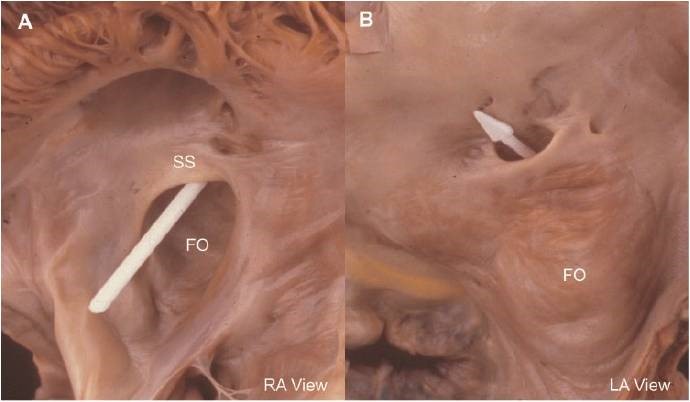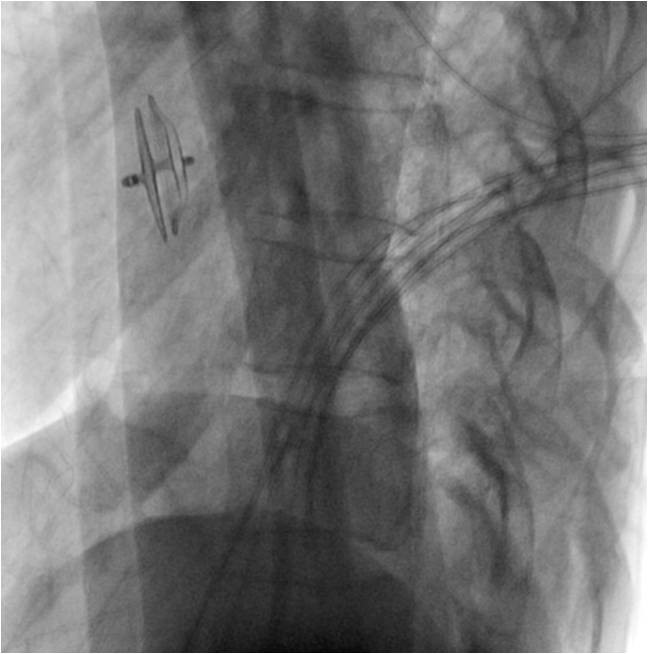A 37-year-old young woman had suffered from sudden cerebral infarction (CI). After intensive investigation, the culprit was identified as a "hole" in her heart. Recently, the department of cardiology from Peking Union Medical College Hospital has diagnosed a young patient with CI caused by patent foramen ovale (PFO), and successfully implemented the closure procedure to eliminate the "invisible killer" and relieved her from further worries.
Ms. Li, 37 years old, had a sudden dizziness and impaired consciousness, accompanied by vomiting, at one night in September 2020. The next morning, she had left side paralysis and dyskinesia. She was diagnosed cerebral infarction by local hospital. After medical treatment, her symptoms were relieved and the activity ability of the left limbs recovered gradually. CI is not a common disease for a young woman less than 40 years old. There were no evidences of atherosclerosis and cerebral artery stenosis or occlusion according to local examination. What was the culprit? Cardiogenic stroke was highly suspected, and one of the most common cause was atrial fibrillation. However, Ms. Li had no history of atrial fibrillation.
In order to clarify the specific cause of CI, Ms. Li came to PUMCH in December 2020. Professor Jing Zhicheng, director of Cardiology Department, made an arrangement of the transesophageal echocardiography (TEE) for her, which indicated that there was left to right shunt of blood flow in the atrial septum of the heart. In addition, transcranial doppler (TCD) ultrasound foaming test was positive. It was confirmed that Ms. Li had patent foramen ovale, which was the cause of cerebral infarction.
It is important to establish the concept of "co-treatment of heart and brain" in the face of cardiogenic stroke. The joint task force composed of expertise in cardiology and neurology of PUMCH has the unique advantages of comprehensive diagnosis and treatment in this field. It is expected that through the cooperation and exploration of multi-disciplinary team, the early detection, early prevention and early treatment of diseases can be realized.

Patent foramen ovale (A. right atrium; B. left atrium; FO: foramen ovale; SS: secondary septum)

Closure of patent foramen ovale with an umbrella occluder
Reporter: Wang Jing, Wang Huishan (Intern)
Picture: Department of Cardiology
Translator: Wu Wei
Editor: Kang Lin
